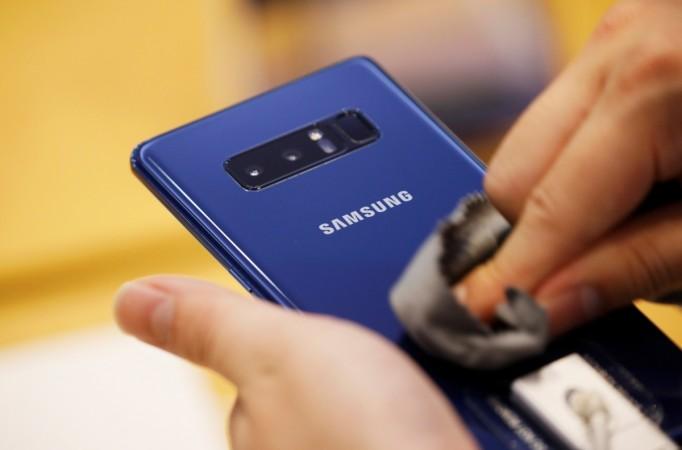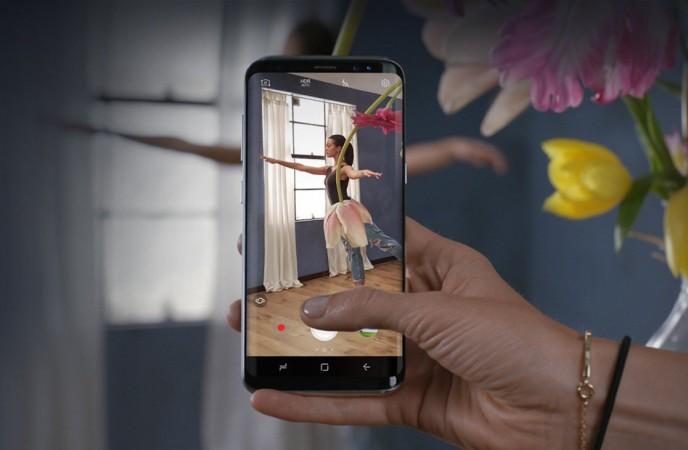
The position of the rear fingerprint sensor on its flagship smartphones still seems to be a cause of concern for Samsung. If a newly leaked screenshot of the company's S Health app is to be believed, the fingerprint scanner in the upcoming Galaxy S9 will get a new position underneath the rear camera leans.
The screenshot, which shows a demonstration of the heart rate sensor, also reveals a single rear camera, contrasting previous reports that the Galaxy S9 will be equipped with a dual-camera setup on its back like the Galaxy Note 8.
Take a look at the leaked image from Weibo:

While the image leaves us with a lot of ground to question its authenticity, SamMobile believes that it still offers "an interesting possibility" to ponder over.
According to the publication, the phone seen in the screenshot could actually be the rumoured smaller Galaxy S9, dubbed the Galaxy S9 mini, which is said to feature a single rear camera.
Dual cameras have become a must-have feature for premium smartphones, therefore Samsung apparently can't afford to ignore it in the Galaxy S9 or Galaxy S9+, especially because the duo is expected to take on Apple's radically designed iPhone X.

A report from last month said that the so-called Galaxy S9 mini could feature a 4-inch Infinity Display while also sporting curved edges like its bigger counterpart.
Coming back to the leaked image in question, the new placement of the fingerprint sensor seems better than reaching across the camera lens and risking smudges. However, it remains to be seen whether it can make a huge change in the way people use the scanner.
The Samsung Galaxy S9, on the other hand, is expected to feature a 5.8-inch display and 4 GB of RAM while the Galaxy S9+ will come with a 6.2-inch screen and 6 GB of RAM.
The global version of the Galaxy S9 could feature Samsung's new Exynos 9 Series 9810 processor while the US-specific model will likely be powered by the Snapdragon 845 CPU. The phones are also speculated to feature Bixby AI button and the 3.5mm audio jack.
It is highly expected to be unveiled at the Mobile World Congress like all of its predecessors.

















